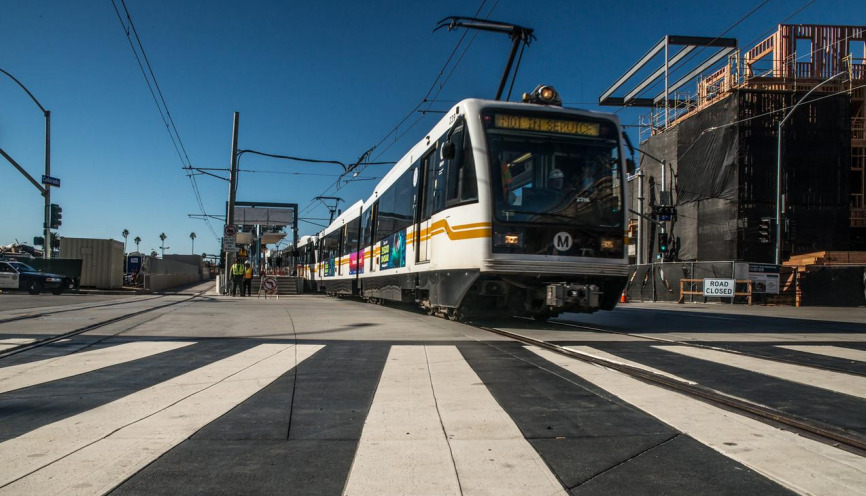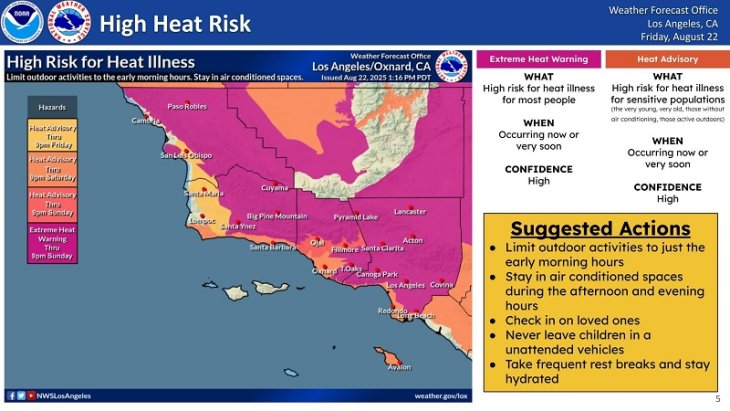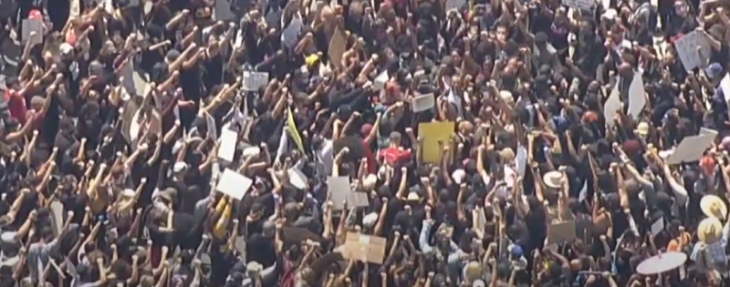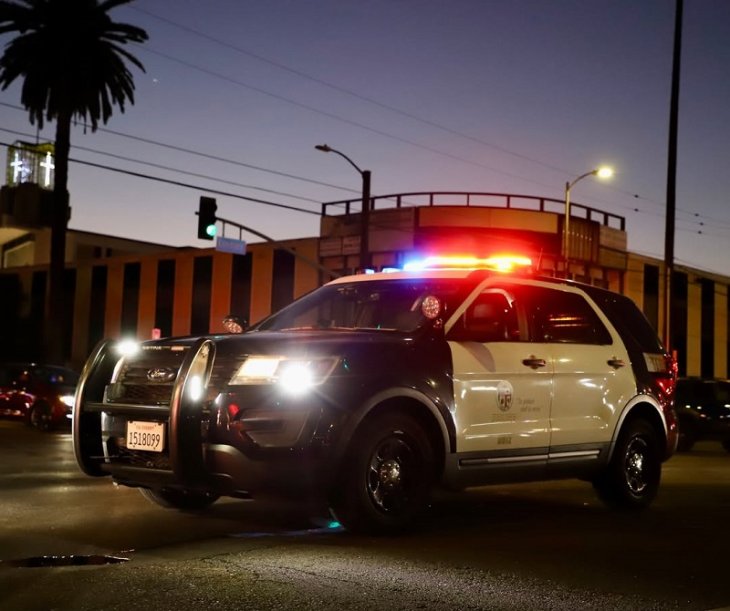By Tom Elias
There is little doubt the “Beat LA” cry often heard when Southern California sports teams play in other parts of America originated in the San Francisco Bay area, probably during a Dodgers-Giants series in September 1982, when a playoff berth was at stake.
While Los Angeles and the Bay area usually agree politically, new rivalries have arisen in recent years, as the Los Angeles Rams take on the San Francisco 49ers twice a year in professional football and the Golden State Warriors have replaced the Los Angeles Lakers as the world’s premier professional basketball team.
Now the longtime north-south animosity shows signs of bleeding over into politics. Northern California politicians are avidly pushing supposed solutions to the state’s acknowledged housing crisis against the wishes of many Southern California cities.
A Democratic San Francisco state senator, Scott Wiener, is behind SB 50, a legislative proposal aiming to radically change the face of much of Southern California by forcing cities and counties to allow unlimited dense high-rise buildings within a quarter-mile of major transit routes and even farther away from light rail stations.
It was likely no coincidence that a Southern California state senator, Democrat Anthony Portantino of La Canada-Flintridge, using his authority as chair of the Senate Appropriations Committee, stalled the bill at least until next year.
Meanwhile, a Berkeley state senator sponsors legislation that would block regions with high real estate prices from imposing new limits on housing construction or decreasing the number of homes allowed in many places where zoning now permits new building. That bill, by Democrat Nancy Skinner, is known as SB 330 and would be effective for 10 years.
These potential laws could change the face and lifestyle of Southern California far more than points north because cities like San Francisco, Berkeley and Oakland are already far denser than most of the south state. Plus, the vast majority of sub-600,000 population counties – exempt from SB 50 – are in Northern California.
The Bay area also features a more comprehensive mass rail transit system than Southern California, whose Red Line streetcar network of the early 20th Century was bought up and dismantled by a combination of auto, gasoline and tire companies during the late 1940s and 1950s.
Los Angeles and other parts of Southern California are now staging a multi-billion-dollar mass transit comeback, adding one light rail line after another, but these still fall far short of a comprehensive network.
That leaves Southern California more dependent on cars than the Bay area. Wiener’s bill assumes that dense building near transit lines will see new residents abandon their cars for public transit. But the transit system in Los Angeles and environs is not nearly wide-ranging enough to allow this. It’s nothing like New York, London, Moscow or Paris, where subways and elevated lines reach within a few blocks of almost anywhere.
Similarly, the Skinner plan would force local governments in high-priced cities to allow new construction without much new parking, another anti-automobile tactic.
Gov. Gavin Newsom’s simultaneous push for cities to allow large numbers of new “affordable” housing units has similar flaws. The assumption that residents of smallish new apartments would gladly abandon their individual, independent transportation does not jibe with reality. Statistics show new light rail routes take few cars off Southern California streets and highways.
The less sprawling nature of current development in Northern California guarantees the biggest impacts of all these housing initiatives would come in the south, where neither Wiener nor Skinner has spent much time.
Essentially, Northern California politicians are saying their untested ideas should trump what elected officials in the south state know about their cities and counties. They want to nullify zoning laws shaping growth and development in places they don’t know very well.
If they prevail – and they eventually might, given massive majorities of ultra-liberal Democrats in both houses of the Legislature – two likely results would be even more gridlock and more competition for parking in the most congested parts of California.
Meanwhile, because “affordable” housing still costs far more in rent or mortgage payments than almost any homeless person can pay, these plans would likely not take more than a few people off the streets.
Email Thomas Elias at tdelias@aol.com. His book, “The Burzynski Breakthrough: The Most Promising Cancer Treatment and the Government’s Campaign to Squelch It,” is now available in a soft cover fourth edition. For more Elias columns, visit www.californiafocus.net

























